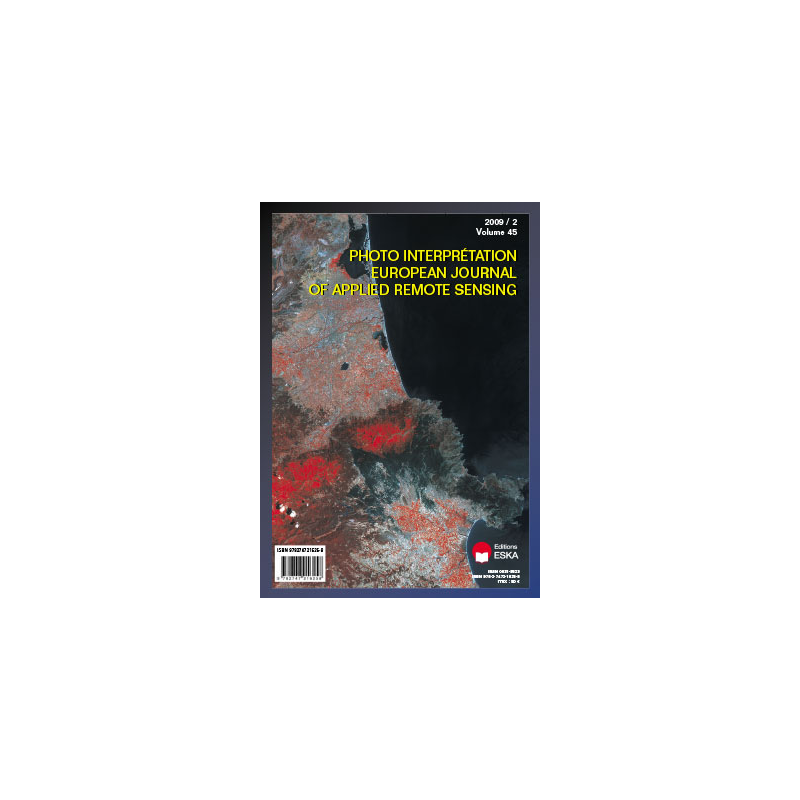



 POUR COMMANDER
POUR COMMANDER
Contactez les Editions ESKA - par téléphone 0142865565 - par mail congres@eska.fr
 CGV
CGV
Consultez nos Conditions Générales de Vente
ABSTRACT
Ore deposits are often produced by fluid flow processes that basically alter the mineralogy and chemistry of the country rock. One of the important objectives of developed multispectral and a hyperspectral sensor is to detect optical characteristics of the Earth surface using hundreds of spectral bands. All previous studies show that remote sensing can recognize alteration to different degrees using different spatial and spectral resolution sensors. ASTER sensor measures reflected radiation in VNIR, SWIR and TIR electromagnetic energies. It’s cheap and easily available. The alteration minerals of Chadormalu area (Chadormalu paleocrater and the related iron oxide deposit) are investigated in the field and successfully detected by applying IARR (Internal Average Relative Reflectance), FCC (False Color Composite), Decorrelation-stretch, MNF (Minimum Noise Fraction Transform), correlated filter and MEM (Mathematical Evaluation Method) techniques on ASTER imageries. Sodic, potassic, and silicic-sericitisation alteration patterns are distinguished. This study shows that, the ability and accuracy of MEM method is better than 2*2 correlated filter techniques. The results indicate that, pervasive hydrothermal ore-forming processes are important at the study area. Judging from alteration mineral assemblages, it may be said that Chadormalu iron deposit is an end-member of the Kiruna type -Iron oxide (Cu-Au) ore deposit continuum.
KEYWORDS
ASTER, MEM, Alteration, Chadormalu, Bafq.